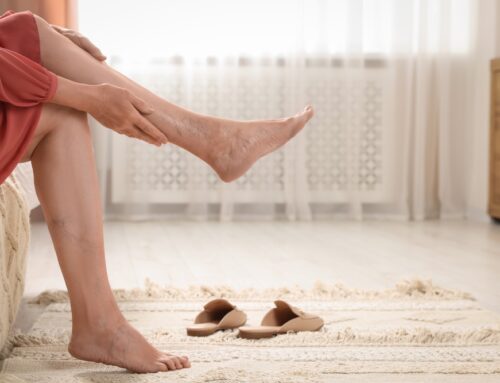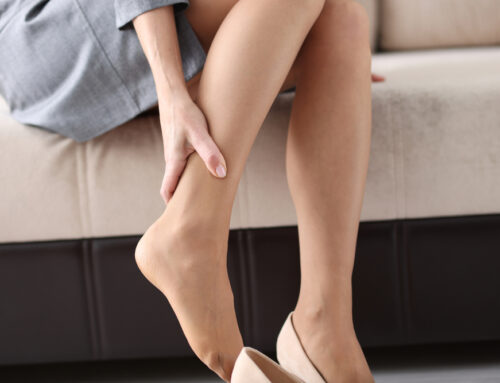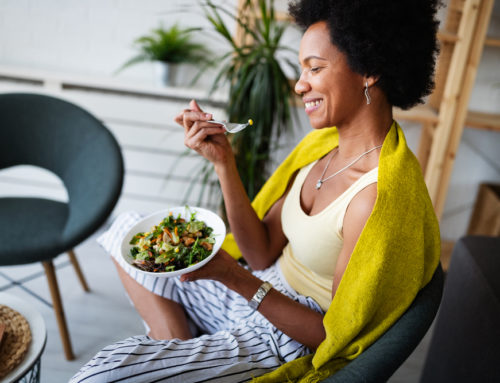Varicose veins are blueish-purple veins just beneath your skin that appear twisted, swollen, or bulging. Varicose veins can become uncomfortable, which leads many people to seek out easy relief methods they can use at home to alleviate their symptoms.
Varicose veins can only be completely eliminated through professional treatment, but home remedies can be helpful for a cost-efficient source of temporary relief.
Causes
You may experience varicose veins for a variety of reasons. Varicose veins are damaged veins where your blood flows backwards and pools in one area. This pooling is what causes the darker appearance and the bulging or swollen veins.
There are key factors that can increase the risk of developing varicose veins, including:
- Lack of exercise
- Sitting or standing for long periods
- Family history
- Obesity
- Age
- Hormonal changes
Symptoms
In addition to the bulging vein appearance, there are a few symptoms you can expect with varicose veins. Keep an eye out for:
- Heavy legs
- Swelling
- Skin discoloration
- Pain
- Itchiness
- Ulcers
Popular Home Remedies for Varicose Veins
Since varicose veins are a common issue, there are many home remedies that people recommend online. As a general practice, if you try a remedy and it makes the appearance of your varicose veins worse or creates a wound, stop using the remedy and seek advice from a doctor.
Compression Socks
When it comes to varicose vein home remedies, compression socks are a knight in shining armor. Compression socks create different amounts of pressure across your leg to prevent your blood from pooling in your veins. This can help reduce your uncomfortable symptoms like throbbing or tenderness in your legs and swelling.
Compression socks can be worn throughout your regular day to help with blood flow during extended periods of sitting or standing. You can find compression socks at sporting goods stores, pharmacies, and online. Compression socks come in a variety of styles and pressure levels, so you can find ones that suit both your health and aesthetic needs.
Elevate Your Legs
The simplest way you can reduce varicose vein symptoms is by elevating your legs. When you elevate your legs, make sure your legs are higher than your heart to force your blood to flow back to your heart. Putting your legs on a stool while you sit at your desk is not enough to get the blood circulating back to your heart.
Diet
As with many health conditions, your diet plays a key role in your health and recovery. You can make a few changes in your diet to improve the symptoms and appearance of your varicose veins.
High-Fiber Foods
Incorporating more fiber into your diet can help strengthen your veins while reducing the strain on your lower body when you use the restroom. Varicose veins are made worse through excess strain on your lower body, which includes a range of activities from marathon training to bathroom visits.
Potassium
Blood pressure can also affect your varicose veins which is where potassium comes in. Potassium can help reduce your blood pressure in moderation through carrots, spinach, grapefruits, and the easy-to-remember source, bananas. However, if you have too much potassium in your diet, you can experience heart problems or muscle weakness.
Flavonoids
Flavonoids are antioxidants present in fruits, vegetables, and grains that give them their color. It has been suggested that flavonoids can help reduce blood pressure, inflammation, and your risk of developing varicose veins. You can find flavonoids in all kinds of berries, fruits, vegetables, and herbs.
Herbal Options
There are some herbal options that have promise, however they currently do not have research backing them. Horse chestnut seeds have been known to act as an anti-inflammatory remedy that could help improve your circulation. Another remedy you could try is grape seed extract, which could improve circulation and prevent blood clots.
Before taking any supplements, discuss your medical history with your doctor and see if the remedy is the best option for you. Herbs may interfere with medications you currently take, so make sure you get the green light from your physician before you try them.
Exercise
Physical fitness can play an influential role in varicose veins. Exercise can help with varicose vein symptoms in two ways: boosting your circulation and managing your weight.
When you exercise, you get your blood pumping and circulating throughout your body more. Even if it’s just a short walk around your neighborhood, you can get your circulation moving enough to start alleviating your symptoms.
Another factor that could be causing your varicose veins is your weight. Excess weight can create additional strain on your legs. Exercise can be a good way to start losing weight, but you can always talk to your doctor about other options on how to start losing weight.
Massage
If you needed a reason to treat yourself to a nice massage, here it is! A massage can help relieve the tension in your legs from daily strain, making it a great remedy for daily varicose vein symptoms.
Before you book an expensive massage, make sure to talk to a potential massage therapist first. Depending on the spa, there could be policies that prevent a massage therapist from massaging varicose veins due to different medical concerns such as creating further vein damage, dislodging a blood clot, or causing a tear in your veins. If you cannot find a massage parlor to help, you can ask your doctor about a referral to a medical massage therapist.
Loose Clothing Choices
To help maintain healthy blood flow to your lower body, make sure to wear loose clothing. Wearing clothing that constricts around your waist, legs, or groin can prevent blood from flowing back from your legs to your heart.
When to Worry About Varicose Veins
Varicose veins can present with different symptoms for each person, which can make it hard to know when to seek out a doctor. Some cases only experience cosmetic issues with varicose veins, while other cases experience symptoms such as:
- Discoloration or hyperpigmentation in your lower leg
- Thickening or hardening skin around the affected area
- A skin ulcer
These symptoms point towards deep vein thrombosis, which can be fatal due to blood clots breaking off and traveling to your lungs. Varicose veins do not always mean you will experience deep vein thrombosis, but it is importantly to keep an eye out for the signs.
If you experience any symptoms of varicose veins from heavy legs to ulcers, you should talk to your doctor about your treatment options. Without treatment, varicose veins can continue to worsen and cause more problems.
Why Visit a Vascular Surgeon?
While home remedies can help temporarily relieve your symptoms, they may not be enough. Only an experienced vascular surgeon can perform procedures to remove or treat your varicose veins. Your veins are delicate, especially when they have been damaged or inflamed, making them require the precision only a vascular surgeon can provide.
In addition to skill, a vascular surgeon can assess the state of your varicose veins and provide their recommendations for treatment.
Varicose Vein Treatment at Vein Solutions Flint
If you have varicose veins, contact us at Vein Solutions Flint. Our doctors are dedicated to helping you eliminate your varicose veins and preventing new varicose veins from developing.
For more information about varicose vein treatment options at Vein Solutions, visit our website. While there, you can also learn more about our providers and read patient testimonies.
If you believe you are experiencing symptoms of varicose veins, schedule a vascular health screening with Vein Solutions Flint. Let our vascular experts help you get back to feeling healthy and confident with your legs!
Request A Consultation
Give Us A Call:
(810) 232-3363
Give Us A Call:
(810) 232-3363



